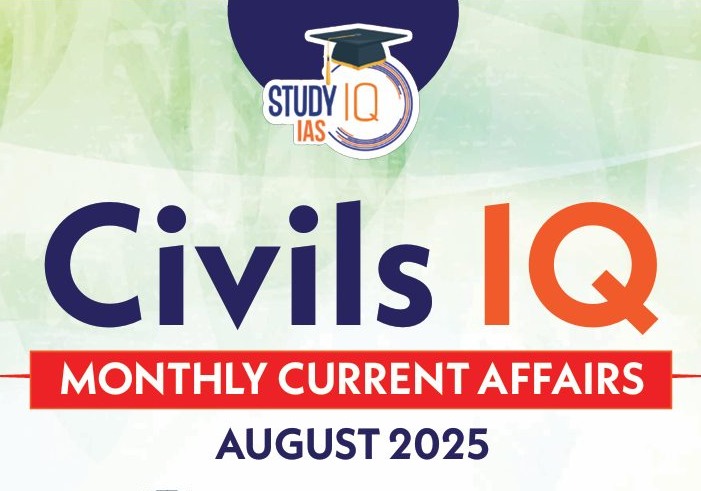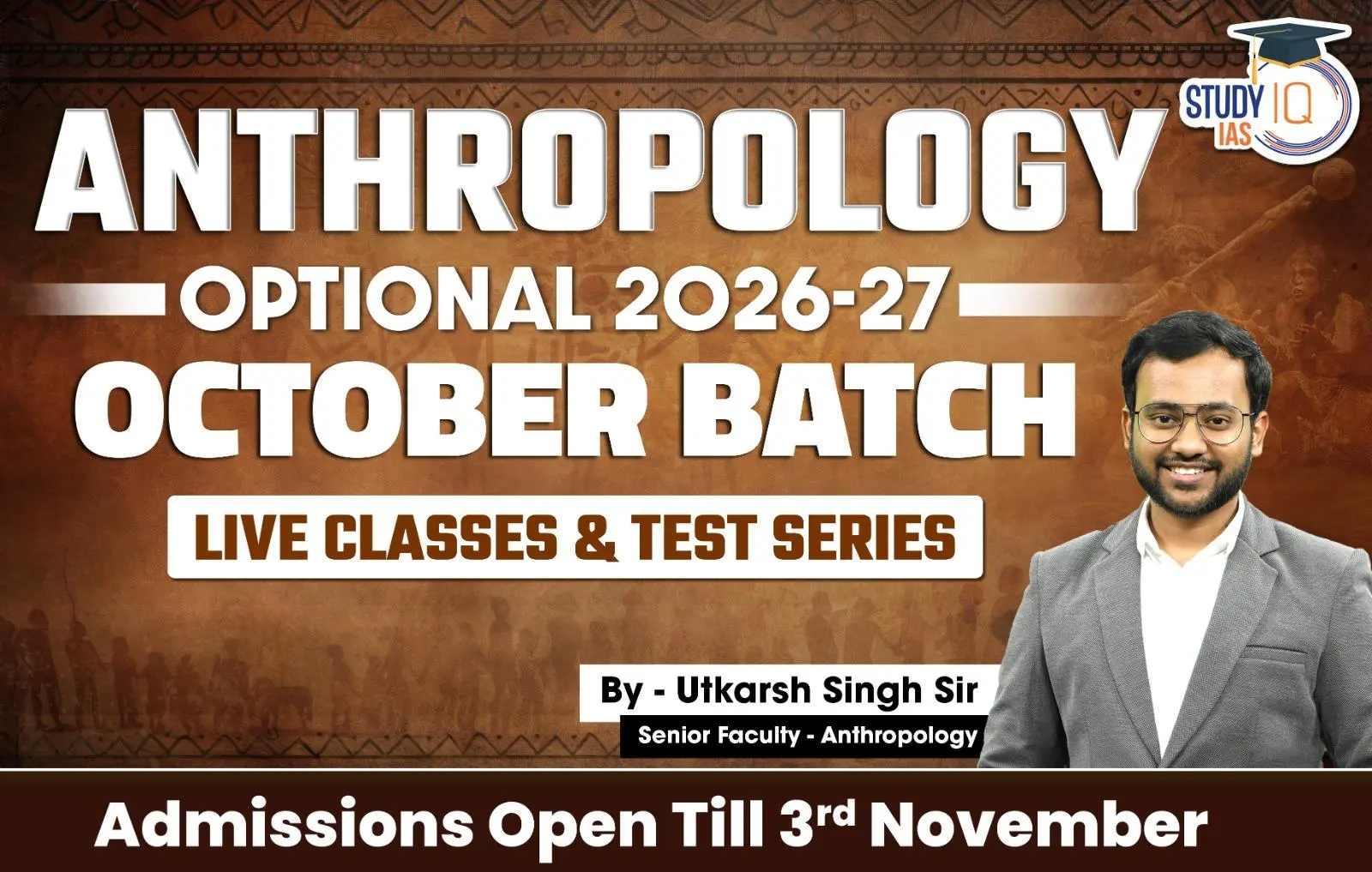Table of Contents
Context: Delhi zoo to set up an on-site wildlife biobank to preserve DNA of endangered species.
Biobank to Preserve DNA of Species
A species DNA biobank (also called a wildlife or conservation biobank)—sometimes referred to as a Frozen Zoo or Frozen Ark—is a repository that stores genetic material (e.g., DNA, cells, tissues, gametes) from endangered, rare, or threatened species under ultra-cold conditions (typically below –80 °C). These conservation biobanks serve as genetic “backups” to preserve biodiversity and aid in research, breeding, and future restoration efforts.
Delhi Zoo’s New Conservation Plan Set Up Biobank to Preserve DNA of Species
- Set up by: National Zoological Park (NZP), Delhi, in collaboration with the Centre for Cellular and Molecular Biology (CCMB), Hyderabad and Laboratory for the Conservation of Endangered Species (LaCONES).
- Purpose: Preserve genetic material (DNA, tissues, reproductive cells) from animals at the zoo.
- Aid in long-term conservation, research, and health interventions.
- Support ex-situ conservation efforts under the Central Zoo Authority (CZA).
- Part of: Consortium of Indian Zoos for Biobanking of Wildlife Genetic Resources, initiated in 2019.
| DNA (Deoxyribonucleic Acid) |
What is DNA (Deoxyribonucleic Acid)?
Why is DNA Important in Wildlife Conservation?
|
Why are DNA Biobanks for Species Important?
- Genetic Rescue & Restoration: Viable cells or stored DNA can aid species recovery breeding programs, aid in genetic diversity management, or even benefit biotechnologies such as assisted reproduction (e.g., IVF, surrogate implantation).
- Conservation Research: Tissues aid genetic studies on population structure, inbreeding, disease resilience, and evolutionary biology, improving informed wildlife management decisions.
- Forensic & Monitoring Tools: Biobank references can aid in the identification of poached animals, monitoring illegal trade, and supporting enforcement efforts.
- Global Collaboration: Linked networks—like the European Association of Zoos and Aquaria (EAZA) Biobank or US/UK “Frozen Zoo” projects—enable shared standards, sample exchange, and cross-institutional research
| Facts |
|

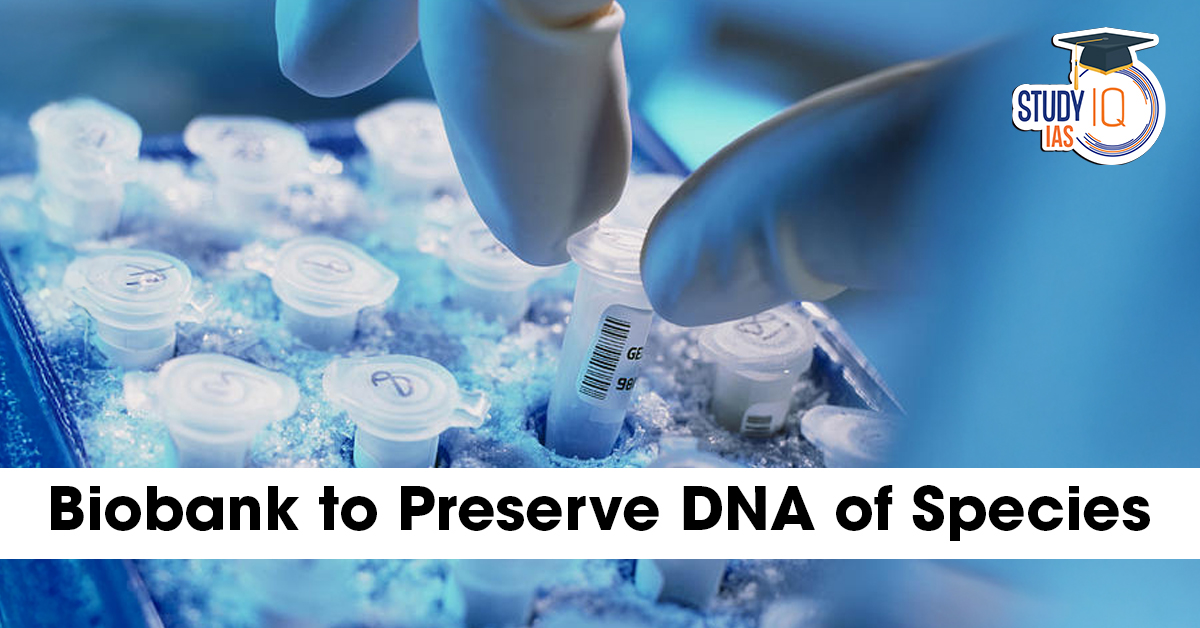
 Advanced Air Defence Radars: Types, Comp...
Advanced Air Defence Radars: Types, Comp...
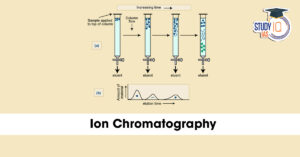 Ion Chromatography, Working and Applicat...
Ion Chromatography, Working and Applicat...
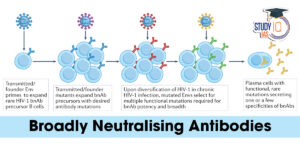 Broadly Neutralising Antibodies (bNAbs):...
Broadly Neutralising Antibodies (bNAbs):...
